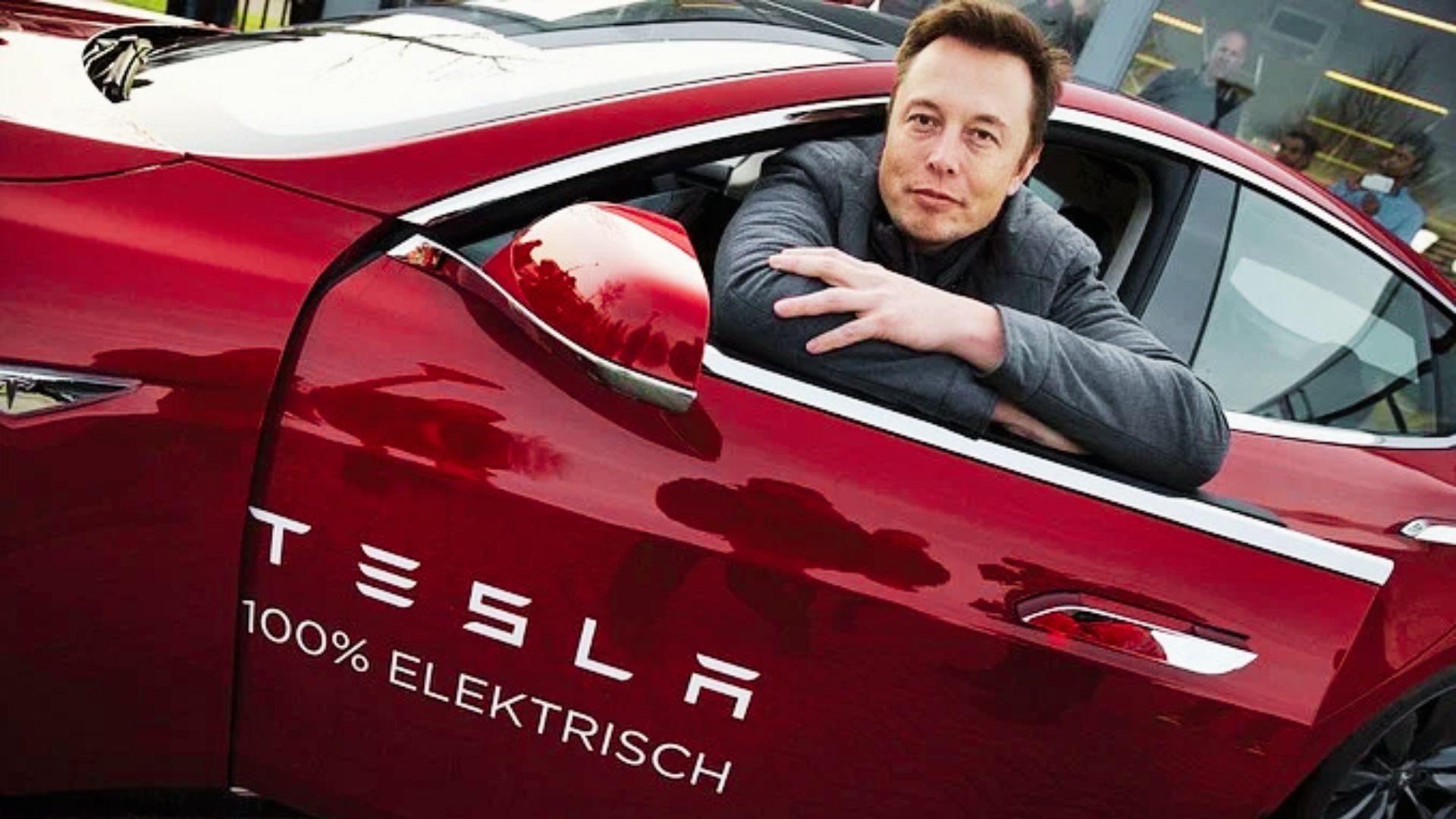Tesla‘s innovative business model and technological advancements redefine the electric vehicle and autonomous driving sectors.
Tesla, under Elon Musk’s vision, has emerged as a dominant force in the electric vehicle (EV) industry. Its innovative approach, characterized by groundbreaking electric and autonomous driving technologies, has not only redefined the automotive sector but also set new benchmarks for sustainable transportation, attracting global attention and investment.
1. Tesla’s Market Position and Business Model
1.1. Market Dominance in Electric Vehicles (EVs):
Tesla, a trailblazer in the electric vehicle market, has solidified its leadership thanks to its innovative business model and advanced technology. The brand’s deep market penetration and robust customer base have made it almost synonymous with EVs. Key to this success is Tesla’s direct-to-customer sales approach and its unwavering commitment to sustainability and performance, reinforcing its market stronghold.
1.2. Production Capacity and Global Presence:
At the heart of Tesla’s success lies its impressive production capabilities, symbolized by its network of gigafactories. These facilities, strategically located in parts of the United States, Europe, and Asia, are not just production centers but hubs of innovation. They are instrumental in Tesla’s mission to expedite the world’s transition to sustainable energy, marking a significant step in global environmental efforts.
1.3. Strategic Growth and Competitive Landscape:
Under Elon Musk’s leadership, Tesla has set ambitious targets to increase EV production by 50% annually. This goal reflects Musk’s confidence in both the EV market and Tesla’s crucial role within it. However, the EV sector’s competitive environment presents both challenges and opportunities. To maintain its edge, Tesla has strategically adjusted its pricing, a move that puts pressure on competitors and demonstrates its commitment to market leadership.
2. Advancements in Autonomous Vehicle Technology
2.1. Development of Full Self-Driving (FSD) Software:
Tesla’s strides in autonomous vehicle technology, especially its Full Self-Driving software, represent a significant shift in the EV industry. This technology is more than an incremental improvement; it’s a radical rethinking of how vehicles move, hinting at a future where cars operate without human intervention. Tesla’s dedication to this technology underlines its ambition to lead not just in EVs but in AI-driven transportation.
2.2. The Robotaxi Concept and Business Model Transformation:
A pivotal element of Tesla’s strategy is the development of a fully autonomous robotaxi network. This concept, aiming to reduce the need for personal vehicle ownership, could transform Tesla from a car manufacturer into a service provider. This paradigm shift promises new revenue streams and represents a significant diversification from traditional car sales.
2.3. Challenges and Opportunities:
Despite the promise, the path to fully autonomous driving is strewn with challenges, including regulatory hurdles, safety concerns, and technological complexities. Tesla’s success in this ambitious venture will require not only technological innovation but also public acceptance and regulatory compliance.
3. Ark Investment Management’s Outlook on Tesla
3.1. Financial Forecast and Revenue Diversification:
Ark Investment Management, led by Kathie Wood, forecasts a transformative future for Tesla, projecting a shift in its revenue model beyond traditional EV sales. Central to this transformation is Tesla’s venture into autonomous technology and the robotaxi sector. Ark anticipates that by 2027, these services will constitute a significant portion of Tesla’s revenue, marking a departure from its current primary revenue source.
3.2. Viability of Autonomous Ventures:
The feasibility of Ark’s forecast hinges on numerous factors. While Tesla’s current position in the EV market is strong, its venture into autonomous driving enters uncharted territory. The success of this initiative depends on overcoming technological, regulatory, and market acceptance challenges.
3.3. Competitive Dynamics and Market Implications:
As Tesla navigates its foray into autonomous driving and ride-hailing, it faces potential competition from other tech and automotive giants. These competitors are also heavily investing in autonomous technology, creating a dynamic and rapidly evolving industry landscape. This competition adds complexity to Ark’s optimistic outlook and underscores the importance of a cautious approach when considering Tesla’s future growth prospects.
Conclusion
Tesla’s journey in the EV and autonomous technology sectors symbolizes a paradigm shift in transportation. As it navigates technological, regulatory, and competitive challenges, Tesla’s innovative strategies and growth prospects continue to intrigue investors and industry analysts. The company’s future, deeply intertwined with sustainable and AI-driven transportation, remains pivotal and closely watched.




